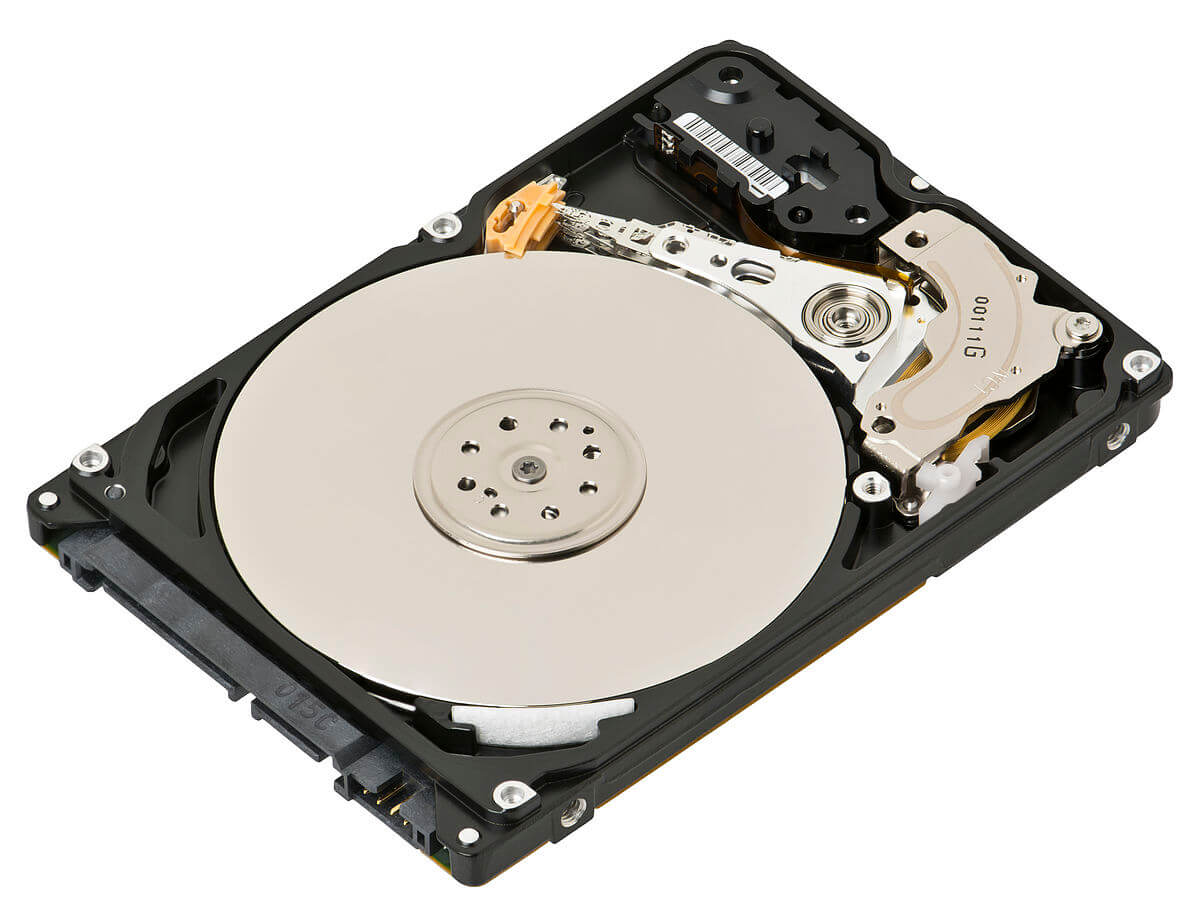Understanding Technical Jargon in Simple Terms

Soft reboot
Soft reboot restarts the server gracefully through the console command. This type of boot-up will not likely require File System Check (with less probability of errors in the file system) because the disk partitions are un-mounted neatly. You may skip the rebuild of RAID array but not all the time.
Hard reboot (power reset)
Hard reboot restarts the server forcibly using power reset (you need to submit a request to the Datacenter for this). Disk partitions are not un-mounted cleanly when it comes to hard reboots so the File_System_Check becomes mandatory. RAID array also requires accurate execution.
File System Check (FSCK)
File System Check (FSCK) checks the consistency of file systems. In general, we run FSCK after an improper shut-down or reboot of the server. This tool scans file systems for critical errors and repairs them.
Why does it take so long?
It takes time because of the HDD’s size on the server, number of disk partitions, and volume of file system errors. To ensure better fail safety and optimise maintenance, the disk is always partitioned so the most crucial partitions could be mounted or un-mounted independently. With the cPanel servers having peculiarities of data processing and disk usage, we separate partitions like:
/ /boot /var /usr /tmp /home /home takes the most time for checks since users’ folders with all their content are located there.
Also, you can barely run FSCK in the background. The partition needs to be un-mounted so errors could be repaired properly.
Clear updates on the FSCK status are not always possible
FSCK does not provide progress updates unlike the rebuild process. We can only report on the current partition being checked, as well as the phase of the FSCK. Besides, FSCK is a non-linear process meaning the time for checking varies depending on the number of errors on certain portions.
FSCK Phases are:
Phase 1: Check Blocks and Sizes
Phase 2: Check Path-Names
Phase 3: Check Connectivity
Phase 4: Check Reference Counts
Phase 5: Check Cylinder Groups
Phase 6: Salvage Cylinder Groups
Why do you sometimes perform the manual FSCK?
Manual FSCK is the option when automatic FSCK fails due to file system errors which were omitted or not fixed.
HDD

HDD (hard disk drive) stores digital data on platters that rotate quickly with magnetic surfaces. These magnetise ferromagnetic materials directly to record data, representing either 0 or one binary digit. They read the data by detecting magnetisation of the material. The HDD is critical to the server since it contains user data with the OS installed. Consequently, majority of our servers usually include 3 HDDs for better fail safety. These are leading, mirrored (HDD which synchronises data from the 1st HDD in RAID array) and the backup HDD for unresolved cases.
RAID rebuild
RAID (redundant array of independent disks) technology allows the server to reach high levels of storage reliability. RAID1 (mirror) provides fail safety and secures us from the data loss (information from one HDD is copied to the other) and better performance (files read from 2 HDDs so the subsystem of a single hard disk does not overload). The process of data synchronisation between 2 disks added to the array is known as RAID rebuild. It is usually required after the reboot if data on physical units becomes out of sync.
To save our customers’ time, we rebuild RAID in the background. Some of the services may experience slowdown because of the HDD system resource intensity as real-time reading requests are sent to a single leading HDD. We may stop some services manually for the short term to accelerate the rebuild process, lessen the load on the HDD system, and provide continuous availability of the critical services (Apache, PHP, and MySQL).
Downtime
Downtime is the absolute unavailability of the entire server and all services. Problems with functionality experienced by one or multiple server accounts can be considered as server downtime. Although there are issues with some of the protocols accessibility (HTTP, FTP, SMTP, IMAP, POP3), it is always advisable to do some quick checks initially.
- Check the correspondent page on status blogof your server regarding recent outages
- Confirm server availability by pinging through the command line (execute ping domain_name).
Kernel
Kernel is the core component of operating systems. It contains required drivers and modules and is deemed as the bridge between apps and actual data processing on the hardware level. Kernel manages system resources (communication between hardware and software components).
Kernel Panic
Kernel panic is undertaken by the operating system upon detection of an internal fatal error. It may happen either as a result of a hardware malfunction or the bug in the operating system. There are correspondent procedures to be implemented depending on the issue which caused the kernel panic.
DDOS
DDOS (distributed denial-of-service attack) is an attempt to make a computer resource inaccessible to intended users. While the means to execute, motivations for and targets of a DDoS attack vary, it typically consists of concentrated efforts to prevent an Internet site or service from functioning efficiently or at all, momentarily or indefinitely. Those responsible for DDoS attacks target sites or services hosted on prominent web servers like banks, credit card payment gateways, and root nameservers.
The most popular DDoS experienced by hosting providers is a targeted ICMP flood sent to the server, rack, or the router. DDoS attacks experienced by Jolt were usually caused by attacks on some of our customers’ websites. Those are hosted on shared servers that resulted in temporary unavailability of the entire server. Some attacks may affect individual or multiple servers which are close to the network topography of target server(s). We implement measures like blocking IPs that establish too many connections, so some innocent site visitors have had their IPs temporarily blocked. In order to improve our technique for fighting DDOS, we also implement proactive network monitoring, and filtering of hardware as well as software.
Software vulnerability
Software vulnerability is a security gap or bug used by hackers to gain control over an account or the entire server in order to send SPAM, spread viruses or pilfer important information. We monitor all our servers and perform security audits. However, we cannot control all our clients’ software so we rely on our customers’ consciousness in updating their software regularly. Aside from the vulnerability of software and its modules, some software passes on non-standard permissions to files and folders it uses making them vulnerable as well. We always advise checking of those files (especially .htaccess) and setting correct permissions (644 for files and 755 for folders).
Subnet
A subnetwork or subnet is a visible part of a single Internet Protocol network. The process of subnetting involves dividing a computer network into groups of computers with commonly designated IP address routing prefix. Subnetting breaks a network into smaller territories that use current address space more efficiently. Physical separation may prevent excessive rates of Ethernet packet collision in a huge network.
Subnets are divided into classes (A, B, C, and D):
75.127.76.120 A B C D
Sometimes our customers prefer dedicated IPs of different C-class subnet (e.g. 75.127.76.120 and 75.127.92.58). Regrettably, this cannot always be achieved on a shared server since the subnet assigned to it is of the same C-class. Routers are used to interchange traffic between subnetworks and comprise logical or physical borders between the subnets. They handle traffic between subnets based on the high-order bit sequence (routing prefix) of the addresses.
Router

Router is a networking device whose software and hardware are customised based on tasks of routing and forwarding data. Routers connect two or more logical subnets allowing the servers under those subnets communicate with each other and connect to the Internet simultaneously.
Background process
Background process operates on the server in sync with major server services. Majority of initial server’s services are performed in the background while in an idle state. If the service receives a request, it stimulates a process which becomes active during implementation. The major processes are stated clearly in our Acceptable Use Policy. Operating stand-alone and unattached server side processes/deamons is strictly prohibited. There are also maintaining background processes such as backing-up, RAID rebuild and FSCK if necessary. These may temporarily slow down the entire performance of the server but save time compared to regular processes if no essential services (http, mysql, php) become functional.
Server rack
Server rack is a uniform framework for mounting several equipment modules. It enables installation of multiple servers behind one router and eases the monitoring and network administration since servers are grouped by the common factor of network topology.
